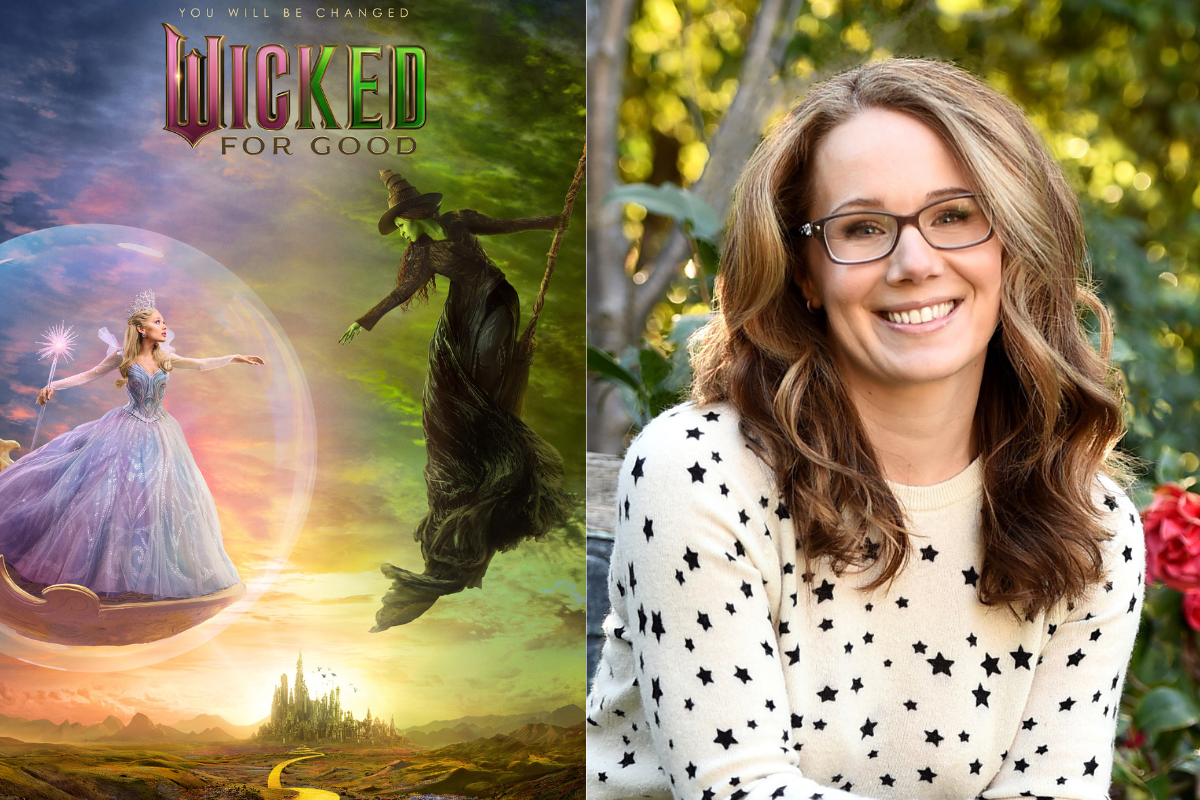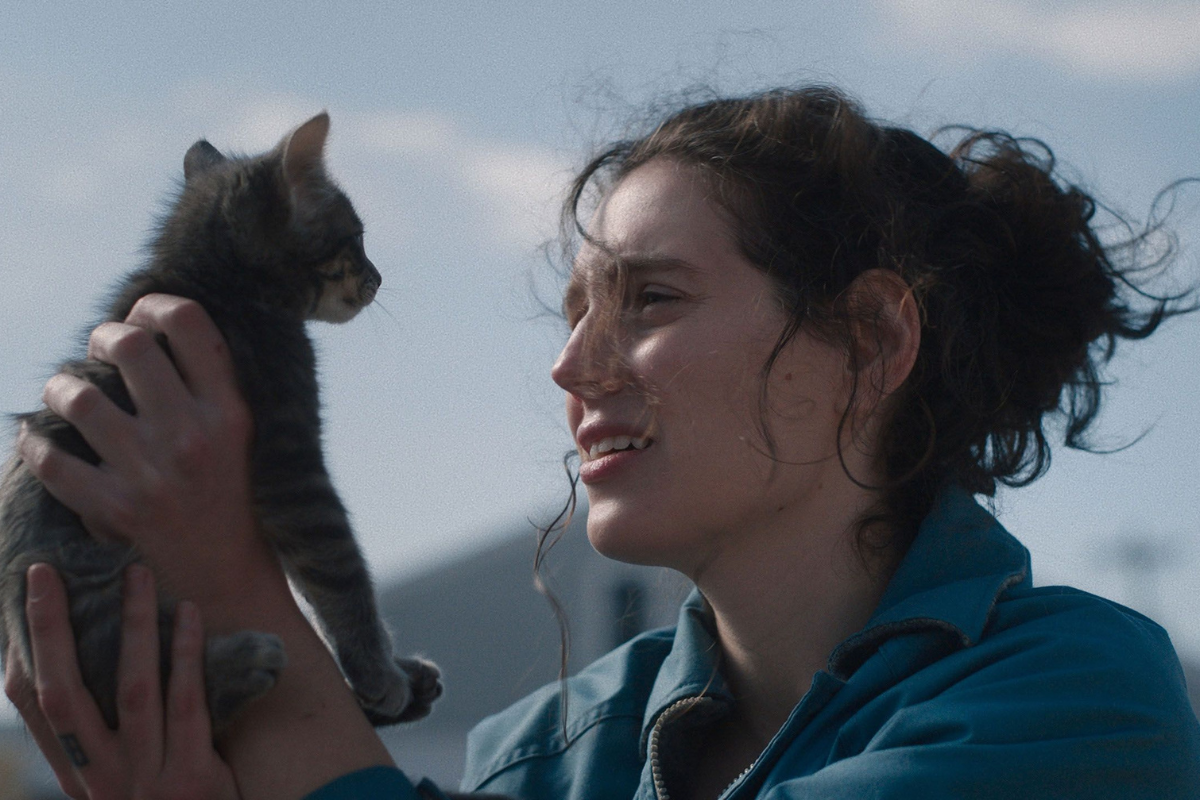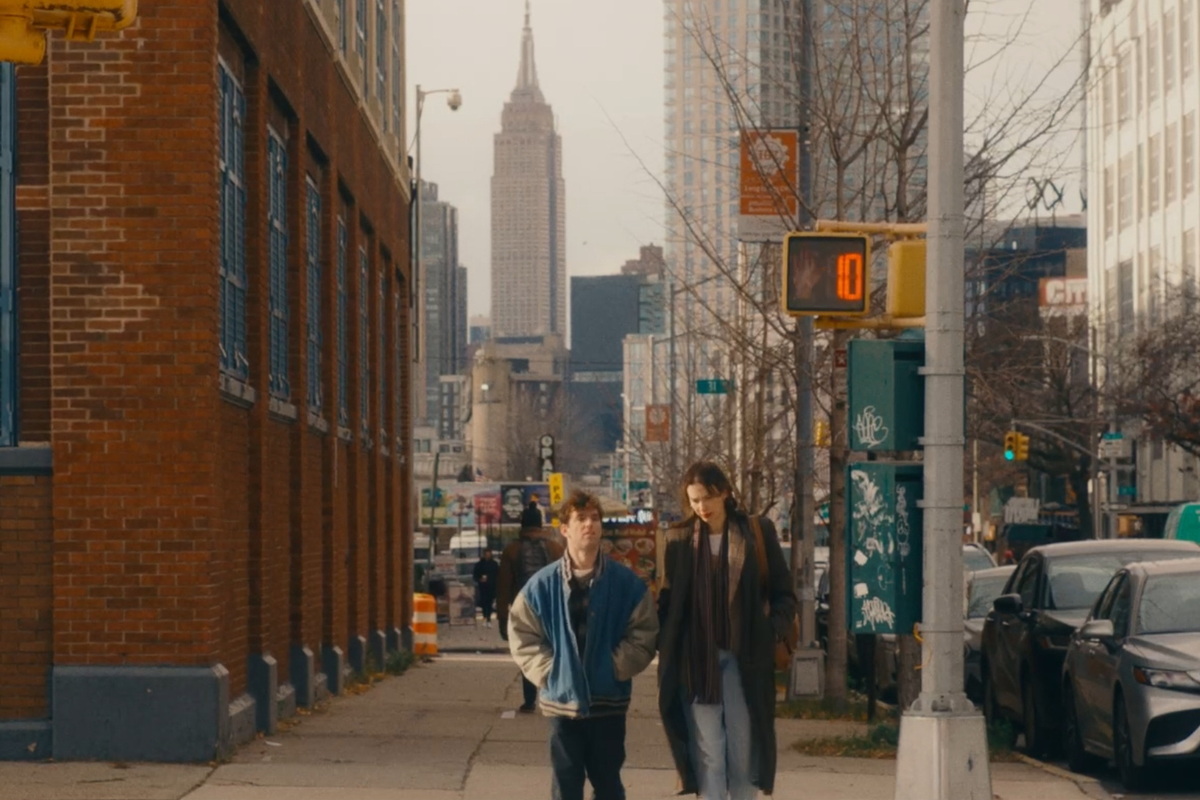Mapping the Structure of a Tennis Match over Screenplay Structure: A Conversation with ‘Challengers’ Screenwriter Justin Kuritzkes
Screenwriter Justin Kuritzkes shares how he initially landed on the idea for the script, how he utilizes the gameplay structure of tennis to inform the screenplay, his collaboration with director Luca Guadagnino, and how his background as a novelist and playwright informs his writing as a screenwriter.
From visionary filmmaker Luca Guadagnino, Challengers stars Zendaya as Tashi Duncan, a former tennis prodigy turned coach and a force of nature who makes no apologies for her game on and off the court. Married to a champion on a losing streak (Mike Faist – West Side Story), Tashi’s strategy for her husband’s redemption takes a surprising turn when he must face off against the washed-up Patrick (Josh O’Connor – The Crown) – his former best friend and Tashi’s former boyfriend. As their pasts and presents collide, and tensions run high, Tashi must ask herself, what will it cost to win.
The film Challengers is a fast-paced emotional and visual adrenaline ride. And for those not familiar with the game or the inner workings of tennis, this definitely feels like a peek beneath the surface of the physicality and psyche of these players. Another great factor at play with this film is the writing and how screenwriter Justin Kuritzkes utilizes the structure of the game and seamlessly overlays it over the structure of screenwriting. Closely pay attention to those match breaks and calls and see how they greatly match and kick off big emotional beats and payoffs.
Screenwriter Justin Kuritzkes recently spoke with Script about how he initially landed on the idea for the script, how he utilizes the gameplay structure of tennis to inform the screenplay, his collaboration with director Luca Guadagnino, and how his background as a novelist and playwright informs his writing as a screenwriter.
This interview has been edited for content and clarity.
Sadie Dean: There's so many emotional layers and beats that drive the story and the characters. How did you land on this story idea and what was the process like for you developing it around these three central characters?
Justin Kuritzkes: Well, the sort of first kernel of the movie came from this moment in 2018 when I was watching TV, and I just happened to turn on the US Open. And up until that point, I hadn't been a massive tennis fan, or even a big sports fan, really, but the US Open was happening, and it was in New York, and it was the final between Serena Williams and Naomi Osaka. And I was watching it, and there was this moment that happened where there was this really controversial call by the umpire, where he said that Serena Williams had received coaching from the sidelines. And I had no idea about this rule, but she started getting really upset and said, 'I would never do that. I don't need to cheat to get my wins.'
Immediately it struck me as this really cinematic situation that you're all alone on the court and you're playing in this incredibly high stakes situation, and there's only one other person in this whole 1,000 people stadium who cares as much about what happens to you out there as you do, and that's the one person you can't talk to. And so immediately I started thinking, what if you really had to talk about something? And what if that was about something bigger than tennis? What if it was about something that involved the person across the net? How would you have that conversation, and how could you communicate the tension of that situation using film? And so that all came kind of a piece in that first moment.
And then I started doing research about tennis, because I was already thinking about this idea, but this thing started happening, which is that I became a legitimate obsessive tennis fan, to the point that I almost didn't want to write the movie, because I knew it would pollute it. I just kind of wanted to be a fan of tennis and have that be a part of my life [laughs] from now on. But because of that, I was doing a ton of research, without even realizing I was doing research, and I was just getting my hands on everything I could about tennis.
Sadie: How you utilize the rules of tennis and act breaks and the matches as structure points to tell the story, was that something that organically just came to you as you were breaking the acts and characters?
Justin: It was something that came pretty early in the process that I kind of realized that the internal structure of a tennis match could map onto the structure of a story. Especially a three-set match, which is what all of the women play, no matter what tournament they're in, and it's what the men mostly play. I think people think of men's matches as being five sets, but that's only Grand Slams, and it's only 100 guys who ever get to play those matches. So, the vast majority of professional tennis players are playing three-setters, and that presented itself to me as having a sort of natural three-act structure. So, I always kind of knew that the structure of the movie would map onto the structure of a tennis match and that the fun in the movie would be that interplay.
Sadie: It’s a seamless overlay. There was a point in the film that caught my attention, which I thought was pretty pivotal, especially for the character Tashi. It’s when she's proofing the ad campaigns of her and her husband, and how that simple "S" to the word change to changers, says so much without verbally saying anything about her as a character and how she fits in all of this. Really, her having control over what she can with these two men in her life. What was that process like in developing her character?
Justin: A lot of who they are came from this sort of first image that presented itself to me of these two guys across the court of this woman in the stands watching them and really knowing that that was going to be how I wanted to drop the audience into the movie, and then figuring out how to fill in the gaps of how we got there. And so when I was thinking about why this woman was watching this match like it was the most important thing in the world, like it mattered more than Wimbledon, even though it was this low-level tournament for no money and no ranking points, I had to imagine, what would be the circumstances of her life that got her there in the first place, and what would be the circumstances that would make this feel like her life was on the line, even though she wasn't playing?
And so, a lot of the writing the movie became a process of figuring out how to let Tashi play tennis again. Watching her sort of figure out a way to get back in the game and how to make the audience slowly come to realize that she's the one playing, or that if she's not the one playing, she's at least one of the ones playing, it's not just a match between these two guys.
That moment you're talking about early in the movie with her proofing the ad campaign, I really love that moment because it's something that really quickly lets you know her position in all of this, and really quickly lets you know that in some ways, she's running the ship. That was an interesting process with that moment in particular, because we had to talk with Aston Martin about getting that approved, [laughs] we had to pitch an ad campaign to Aston Martin and have them sign off on it. So that was a whole window into what that would actually look like for somebody like Tashi.
Sadie: Director Luca Guadagnino has a very distinct sense of how he utilizes the lens and the edit, especially with this film. Were there any moments for the two of you were coming back together to maybe refine emotional beats so that it was maybe more cinematic, because he's such a visual director?
Justin: We had the really good fortune of being together throughout all of pre-production, and all of production. And that was really something that was important to all of the producers - to Amy [Pascal] and Rachel [O’Connor] and to Zendaya. But it was also really Luca who insisted on me being there for the whole process of making this movie. And part of the reason why I think that was important to him is because of what you're saying, he's incredibly specific about every visual moment in the movie. And this is such a movie where, even though it's very dialogue-heavy in a lot of the parts of the movie, so much of the actual drama is being communicated silently, and is being communicated through action.
And so, I had to, just out of necessity, put a lot of that stuff in the first draft of the script, because otherwise the movie doesn't make sense cinematically. And part of your job as a screenwriter is to make people feel like they have seen the movie when they read the script. But then when you bring somebody like Luca into that process, he's interrogating every single one of those choices to make it make sense to him, cinematically.
One of the most kind of joyful points in that collaboration for me was we had to wrap our heads around how to shoot all of the tennis stuff and how to shoot it in a way that didn't just feel like action photography or something, but that felt like it was cinema, it felt like a Western or like a martial arts movie.
And so, to do that, we had these real tennis pros play through every point in the script on a practice facility in Boston. And I had, before we got there, I had gone through the whole script with Brad Gilbert, our tennis consultant, and this guy, Mickey Singh from ESPN, and his job is to notate highlight reels, and so we went through and notated every actual tennis point that gets played in the script, and then created a beat sheet of every volley, every serve, every back and forth. And then we had these guys actually play through those points, and me and Luca and our DP Sayombhu [Mukdeeprom] would go around and shot list the whole tennis sequences. And that was heaven for me.
Sadie: How much of your background as a novelist and playwright informs how you approach writing screenplays?
Justin: I think who you are as a writer carries over. And a lot of the sort of fundamental storytelling skills that you need to write a screenplay is stuff I had been doing for 10 years in New York as a playwright. I didn't have to change my conception of the kind of stories I wanted to tell, or the way I would get into a character, what kind of dynamics excited me. That I had a pretty firm sense of myself as an artist.
But I think the thing that is really difficult about screenwriting when you're coming from writing novels or writing plays, is that it's a screenplay is always two things. It's always both something that you want to be an exciting and meaningful reading experience, but it's also this very practical technical document that hundreds of people across dozens of departments are going to use to do their jobs, or to get some very concrete sense of, like, what they need to do on a tight schedule to make this thing happen. So, in that way, it's like building plans, or like, schematics for a skyscraper or something.
And I think in playwriting, for example, there's a kind of standard play format that you get taught at some point, but nobody follows it. And every play is kind of this interpretive thing where the play is teaching you how to read it. And the play is kind of like an invitation to imagine how you might stage this thing. And you can't really fully do that in a screenplay, because if a screenplay doesn't have slug lines, [laughs] people are just going to throw it away, if the screenplay doesn't look like a screenplay, no one's going to read it. But I think the thing that I found really useful about having that experience as a playwright is that I still approached screenplays from the perspective of I need to teach the reader how to read this screenplay. That I need to give this screenplay its own language and its own vocabulary, so that it feels like I'm evoking a transition instead of describing one.
And I found that you can get away with that in a screenplay. I think I was very daunted by how technical of a document a screenplay is for a long time. And I felt very nervous about approaching writing one, because it felt like, well, what if I don't know how to write like ‘smash cut to’ or something. [laughs] That felt very heavy to me. And I think once I started realizing that I could treat a screenplay in the same way that I treated my plays or my books, that it was just an adjustment in form and not an adjustment in approach that really opened it up to me.
Challengers is now available on Amazon Prime.
Sadie Dean is the Editor of Script Magazine and writes the screenwriting column, Take Two, for Writer’s Digest print magazine. She is also the co-host of the Reckless Creatives podcast. Sadie is a writer and filmmaker based in Los Angeles, and received her Master of Fine Arts in Screenwriting from The American Film Institute. She has been serving the screenwriting community for nearly a decade by providing resources, contests, consulting, events, and education for writers across the globe. Sadie is an accomplished writer herself, in which she has been optioned, written on spec, and has had her work produced. Additionally, she was a 2nd rounder in the Sundance Screenwriting Lab and has been nominated for The Humanitas Prize for a TV spec with her writing partner. Sadie has also served as a Script Supervisor on projects for WB, TBS and AwesomenessTV, as well as many independent productions. She has also produced music videos, short films and a feature documentary. Sadie is also a proud member of Women in Film.
Follow Sadie and her musings on Twitter @SadieKDean







